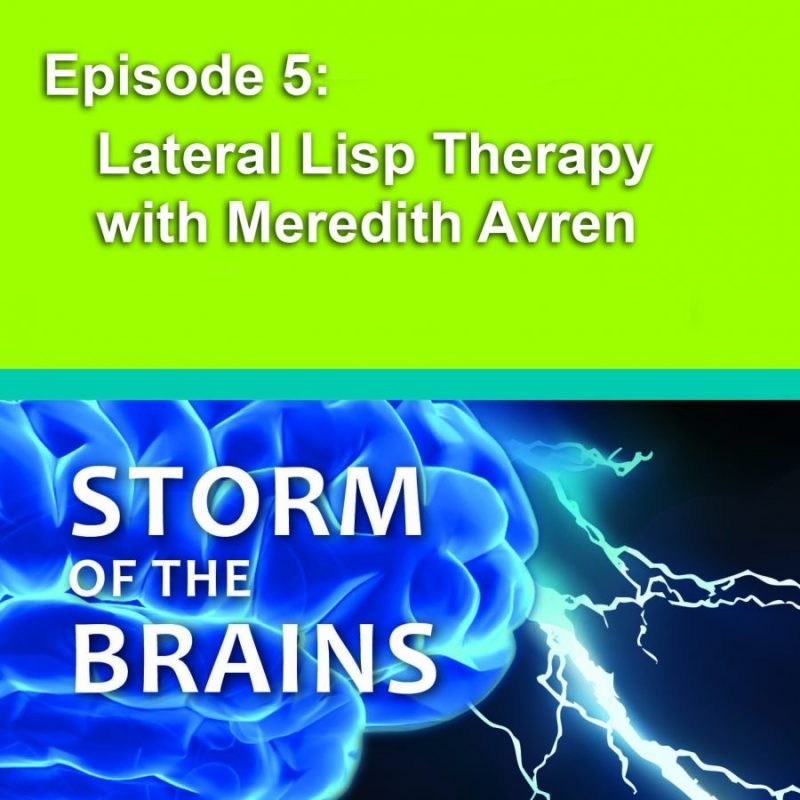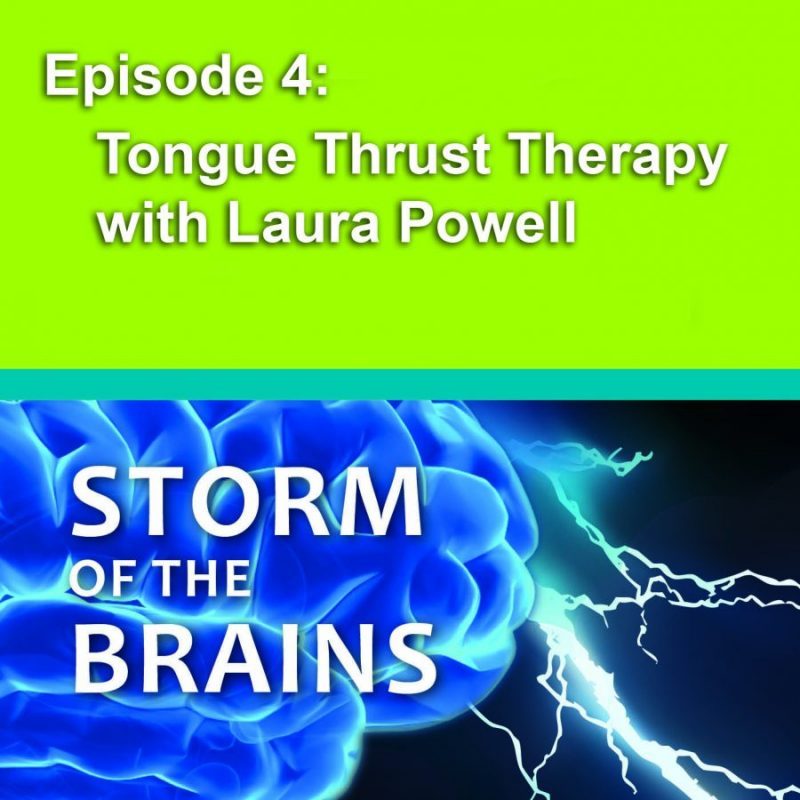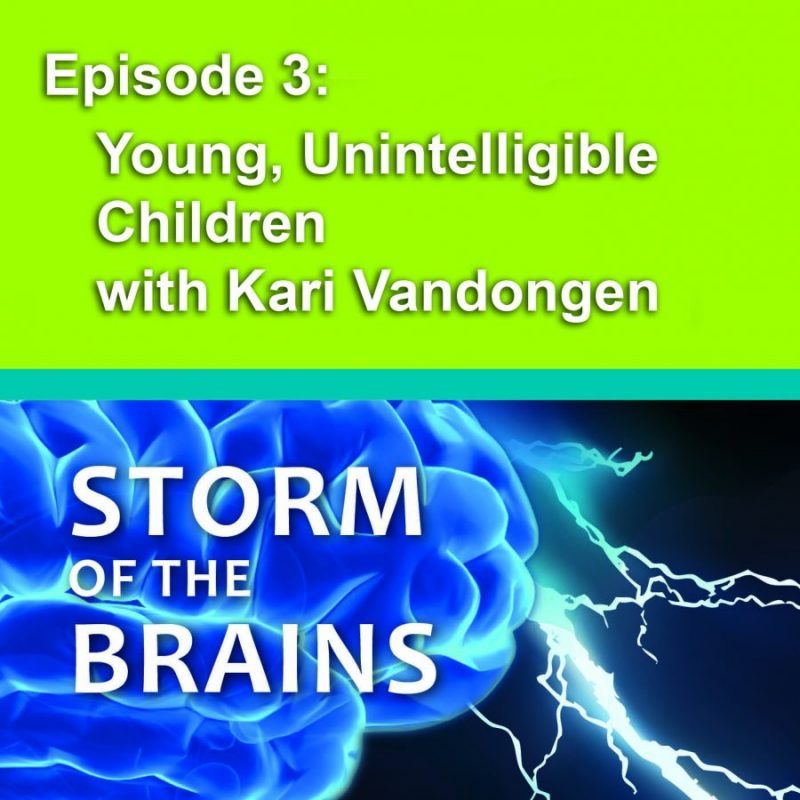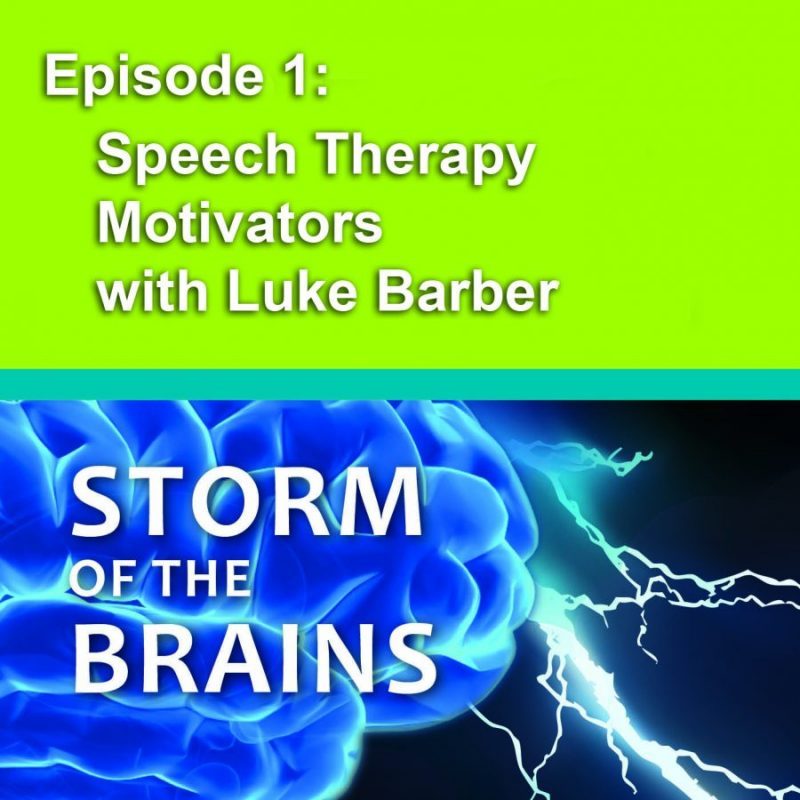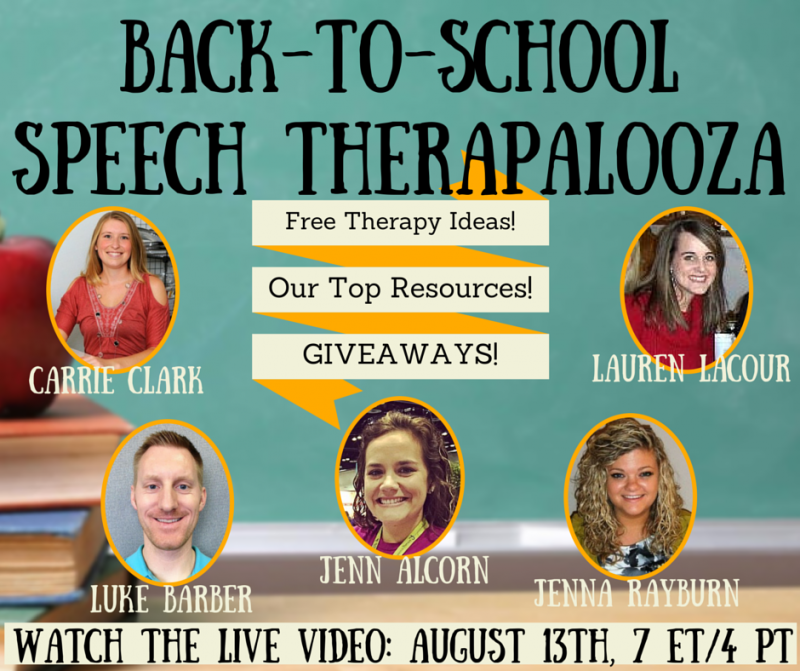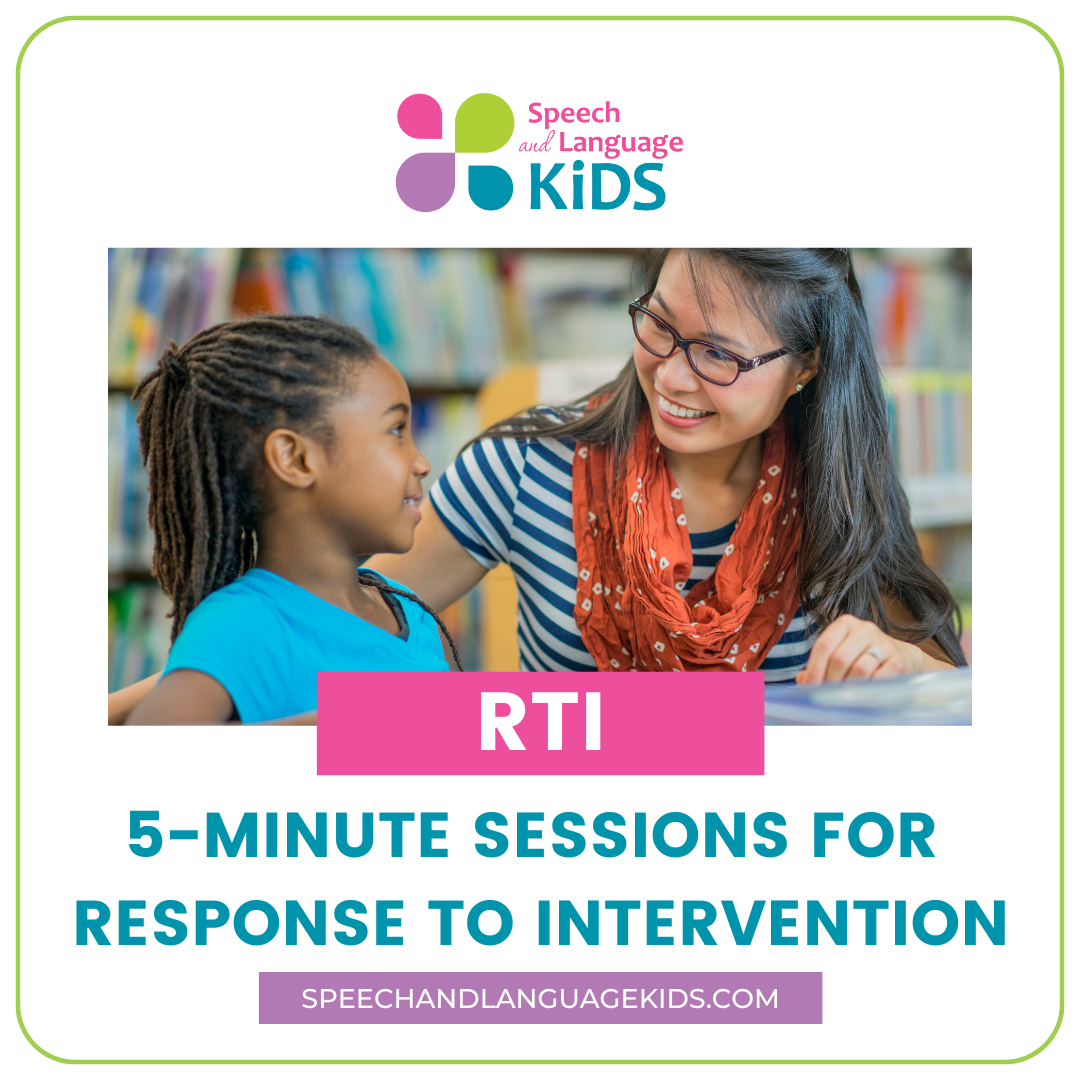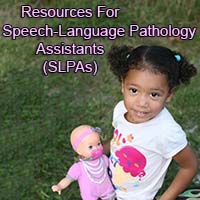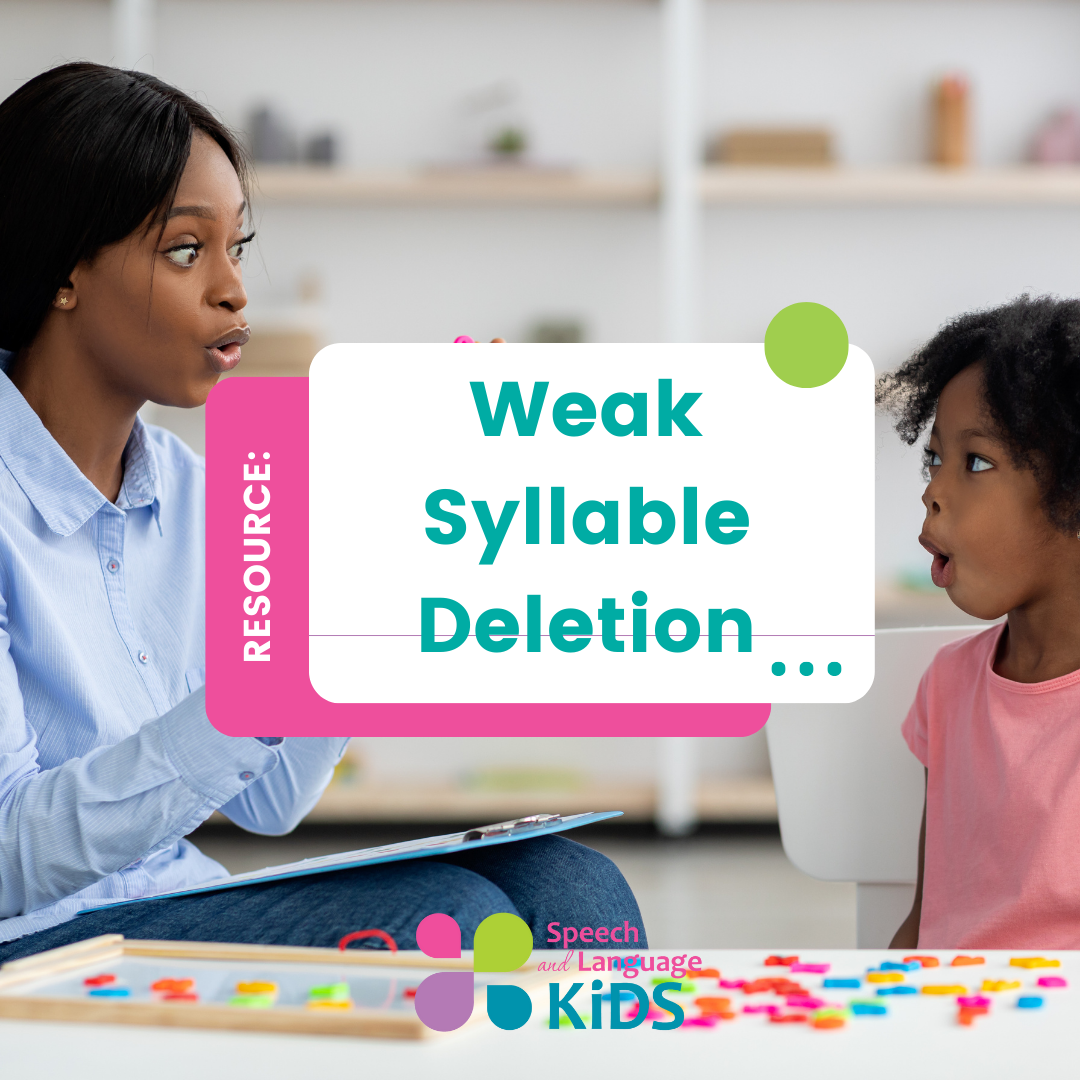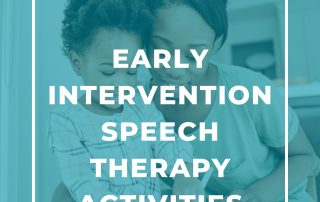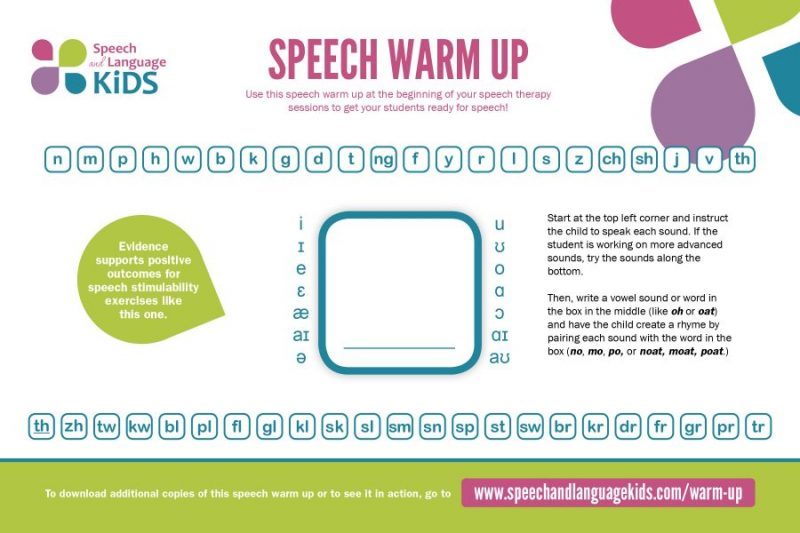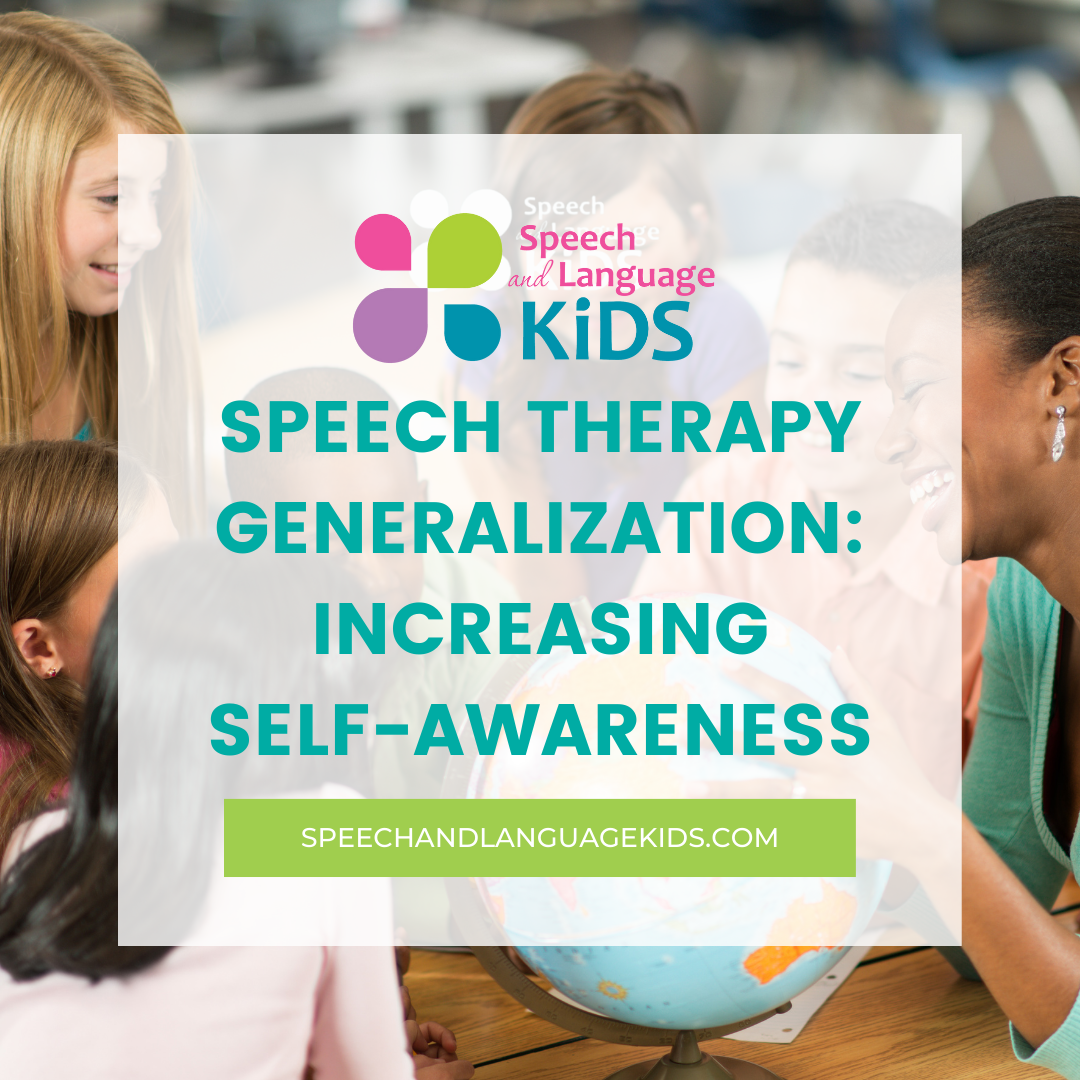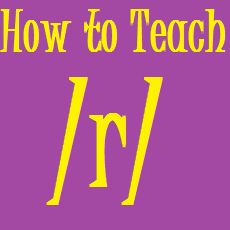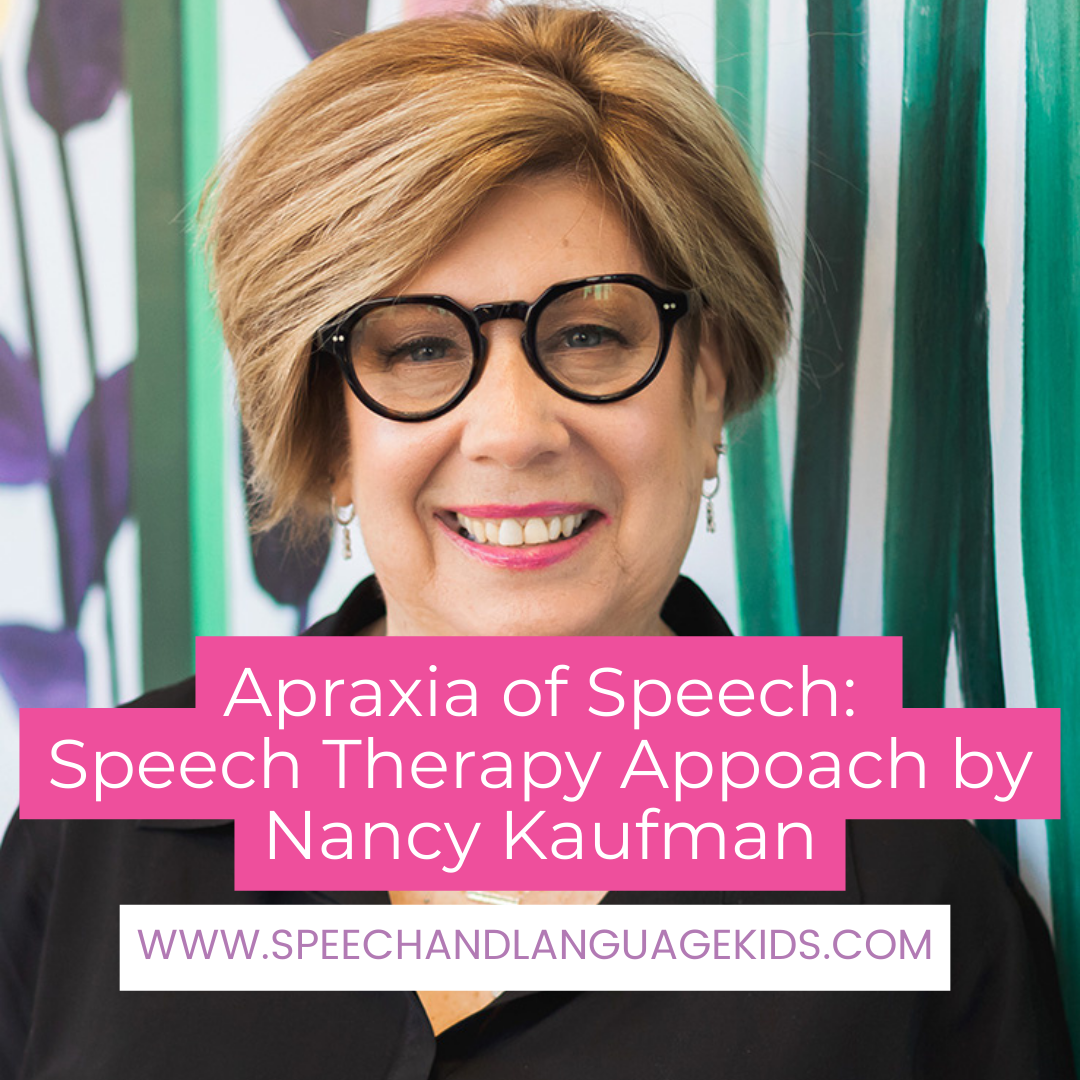Topic:
Resource Type:
Results:
SOTB5: Lateral Lisp Therapy with Meredith Avren
Speech therapists Carrie Clark and Meredith Avren brainstorm therapy ideas for a child with a lateral lisp that just won't seem to go away! Links Mentioned: www.peachiespeechie.com Contact: Meredith Avren, email at PeachieSpeechie@gmail.com Ask a Question: www.speechandlanguagekids.com/ask More Resources for Speech-Language Pathologists: Looking for more therapy ideas and resources
Resources for Educators
Speech/Language Resources for Educators (Teachers, Special Educators, Therapists, Paras, etc.) Welcome to our speech/language resource page for educators! I don't know what your experience has been lately but it seems to me like more and more children are falling behind than ever before. Some of those children will
Resources for Caregivers
Speech/Language Resources for Caregivers (Parents, Grandparents, Nannies, etc.) Welcome to our speech/language resource page for caregivers! As a mom, I can say for certain that being a full-time caregiver of tiny humans is the hardest job I have ever done (including being a speech-language pathologist!). Helping a child
Resources for Speech Language Professionals (SLPs, SLPAs, SaLTs, etc.)
Resources for Speech-Language Professionals (SLPs, SLPAs, SaLTs, etc.) Welcome to our resource page for speech-language professionals! We are the speech-language pathologists, speech and language therapists, speech-language pathology aides, and other professionals who are working day after day to help children all over the world communicate effectively with those
SOTB4: Tongue Thrust Therapy with Laura Powell
Speech therapists Carrie Clark and Laura Powell brainstorm ideas for helping a child eliminate sucking habits and remediating speech errors that result from tongue thrust. Links from Today's Episode: www.therapyu.org www.iaom.com Contact: Laura Powell at Laura@therapyu.org Ask a Question: www.speechandlanguagekids.com/ask More Resources for Speech-Language Pathologists: Looking for
SOTB3: Young, Unintelligible Children with Kari Vandongen
Speech therapists Carrie Clark and Keri Vandongen brainstorm therapy ideas for children who are young and highly unintelligible. These children are too young for traditional drill and practice so alternatives are needed! Links from Today's Episode: www.myspeechparty.com www.apraxia-kids.org EZ speech with David Hammer Ask a Question: www.speechandlanguagekids.com/ask
Speech Therapy Materials List | Speech and Language Therapy for Kids
Speech Therapy Materials List | Speech and Language Therapy for Kids What speech therapy materials do I need to work with kids? What are the must-have therapy materials for speech and language? On this page, we'll share our speech therapy material lists with the must-have resources for speech-language pathologists who work
SOTB1: Speech Therapy Motivators with Guest Luke Barber
Welcome to the first episode of Speech Therapy: Storm of the Brains! I'm your host, Carrie Clark and today I will be brainstorming therapy ideas for keeping kids motivated in speech with my special guest host, Luke Barber from www.HomeSpeechHome.com. Links from Today's Episode: Luke's Star Cards and Teacher
Back-To-School Speech Therapalooza!!!
The Back-To-School Speech Therapalooza was a hit!! Watch the replay below and scroll down for the links: Carrie Clark www.SpeechAndLanguageKids.com How to Declutter and Organize your Speech Therapy Space Productivity (Computer) Tools for Speech Therapists Free Speech Therapy Games and Materials Become a Member of The Speech
RTI Speech Therapy: How to Use 5-Minute Sessions for MTSS Tier 2
RTI Speech Therapy: How to Use 5-Minute Sessions for MTSS Tier 2 Response to Intervention (RTI) is an approach to supporting children who are struggling to learn something from the general education curriculum. It is when we provide additional supports to those children outside of the special education
Resources for Speech-Language Pathology Assistants (SLPAs)
What is an SLPA? **This first part is about the roles of an SLPA. For resources, materials, and support: scroll down! Here’s what the American Speech-Language Hearing Association (ASHA) defines as a speech-language pathology assistant (SLPA): “Speech-language pathology assistants are support personnel who, following academic coursework, fieldwork, and
Weak Syllable Deletion: Speech Therapy for Syllable Reduction
Weak Syllable Deletion: How to Treat Syllable Reduction in Children "Umbrella" becomes "brella" "Butterfly" becomes "buffly" It's common for young children to simplify long words by dropping out the weakest syllable. But if a child is still doing this after 4 years of age, speech therapy exercises can
Early Intervention Speech Therapy Activities
Early Intervention Speech Therapy Activities How can we help little ones (birth - 3 years) learn to speak? How can we improve their social interaction skills and their ability to communicate their basic wants and needs? And how can we help reduce frustration for child AND parents?
Speech Therapy Warm-Up
Still doing Non-Speech Oral Motor Exercises for Warm-Ups? Try this instead!! Click Here to Download a PDF of the Warm-Up Need some sources for this info? Dr. Loff shared these with me: http://lshss.pubs.asha.org/article.aspx?articleid=1778841 http://www.researchgate.net/publication/248844490_Oral_Motor_Exercises_and_Treatment_Outcomes http://europepmc.org/abstract/med/19058121 http://www.citeulike.org/group/18272/article/12798999 http://sig16perspectives.pubs.asha.org/article.aspx?articleid=1761803 http://lshss.pubs.asha.org/article.aspx?articleid=1779061 Speech sounds that are stimulable are more likely to improve without
Frontal Lisp/Interdental Lisp | Speech Therapy Ideas & Word Lists
Frontal Lisp / Interdental Lisp | How to Fix it A frontal lisp, or interdental lisp, occurs when a child pushes their tongue out between their teeth on sounds like /s/, /z/, "sh", and "ch". We can help these children fix their speech errors with speech therapy techniques.
Final Consonant Deletion | Activities, Words, and Goals
Final Consonant Deletion | Activities, Words, and Goals Final consonant deletion is a phonological process (pattern of speech errors) where a child drops off the ending consonants of all words. Final Consonant Deletion Examples: “dog” becomes “dah” “cat” becomes “ca” And “Please Mom, can I eat some eggs and
Generalization for Speech Therapy | Help Clients Self-Monitor and Carry-Over Skills
Generalization for Speech Therapy | Help Clients Self-Monitor and Carry-Over Skills "They can do it in speech therapy, but they're not carrying it over to the classroom!" How many times have you said this? Carry-over and generalization skills are sometimes the hardest to teach because the client CAN do
How to Teach the /r/ Sound with Christine Ristuccia
In episode 24 of the Speech and Language Kids Podcast, Carrie Clark interviews speech-language pathologist Christine Ristuccia, founder of "Say it Right" about how to teach that tricky /r/ sound. This is great information for parents or SLPs! Who Is Christine Ristuccia? Christine Ristuccia, M.S., C.C.C.-S.L.P. is an
Phonological Processes: Definition, Examples, and Therapy
Phonological Processes: Speech Therapy and Activities: When children are learning to speak, they use specific patterns to simplify harder sounds. They may drop off certain sounds to make a word shorter. Or they may swap harder sounds out for easier ones. These error patterns are called phonological processes. They
Apraxia of Speech: Speech Therapy Approach by Nancy Kaufman
Teaching Adjectives to Children: Activities and Worksheets for Helping Kids Learn Adjectives Childhood Apraxia of Speech (CAS) is a rare, neurologically-based speech disorder where the child knows what he wants to say but the message gets mixed up in the motor-planning and execution phase so the sounds come
Podcast (storm-of-the-brains): Play in new window | Download | Embed
Subscribe: Apple Podcasts | RSS

